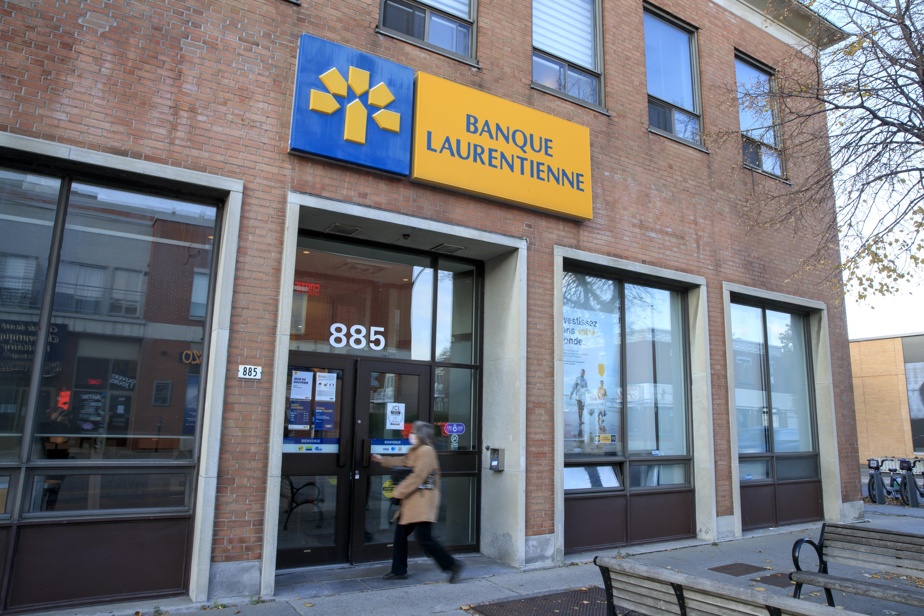Investors pushed Laurentian Bank shares to a new 52-week low during Friday’s trading session after the unveiling of the renewed strategic plan from the management of the Montreal financial institution.
The bank’s growth engine will continue to be commercial banking, i.e. equipment and inventory financing, residential, commercial and industrial project financing with real estate developers and contractors, and commercial loans to small and medium-sized businesses.
Described as ambitious but realistic by CEO Éric Provost, the plan aims to generate over a 3 to 5 year horizon growth in adjusted earnings per share greater than 10%, an adjusted return on equity greater than 10%, and a adjusted efficiency ratio less than or equal to 60%.
The bank’s adjusted efficiency ratio reached 73.8% this spring, a level described by managers as still far too high. The efficiency ratio measures the ability to transform expenses into profits. An increase in the ratio reflects a deterioration in efficiency.
The bank also recognizes the need to improve its retail banking services and wants to increase its deposit base by introducing new low-cost, value-added products to attract customers, including self-service options.

SCREENSHOT
Laurentian CEO Éric Provost (center) answers a question from an analyst after presenting his vision for the bank’s future during an investor event in Toronto on Friday.
The implementation of the plan and the achievement of the objectives will depend in particular on the bank’s ability to enter into partnerships. Laurentian intends to develop its financial services through partners, but also to form strategic partnerships to accelerate technological investments.
“We don’t claim to be able to build the functionalities we need ourselves to accelerate the deployment of products adapted to today’s banking sector,” says Éric Provost in an interview.
Charge of nearly 200 million
Laurentian also presented its most recent quarterly financial performance on Friday. The results include a charge of approximately 200 million linked to the reorganization of activities and the depreciation of the personal and commercial banking sector.
Management explains that the impairment of the personal and commercial banking sector is an accounting transaction resulting from an evaluation carried out each year.
The decision to reduce by two thirds the space rented for the head office in Toronto also resulted in a charge of 13 million in the quarterly results.
Other charges are to be expected. The next financial results which will be revealed at the end of August will include at least a charge of 7 million linked to severance pay paid to employees dismissed in May, a decision affecting around fifty people (around 2% of the workforce).

SCREENSHOT
Éric Provost (left) was accompanied by Yvan Deschamps, chief financial officer of the bank, to discuss with investors Friday in Toronto.
A process of simplification of the bank’s activities has been underway for several months. Management had notably decided earlier this spring to cease its stock sales and trading activities as well as stock research produced and distributed by Laurentian Bank Securities.
This spring, the bank also sold its brokerage services to individuals – representing assets under management of more than $2 billion – to iA Financial Group.
Investors showed a lot of caution on Friday in the face of the results revealed and the vision of the future presented by management. Laurentian Bank shares fell 6.5% during the last session of the week to close at $24.95 on the Toronto Stock Exchange.
The bank’s stock remains far from its book value per share which now stands at $56.82, down 5% compared to $59.80 a year ago.
The current stock price gives Laurentian a billion-dollar value.
